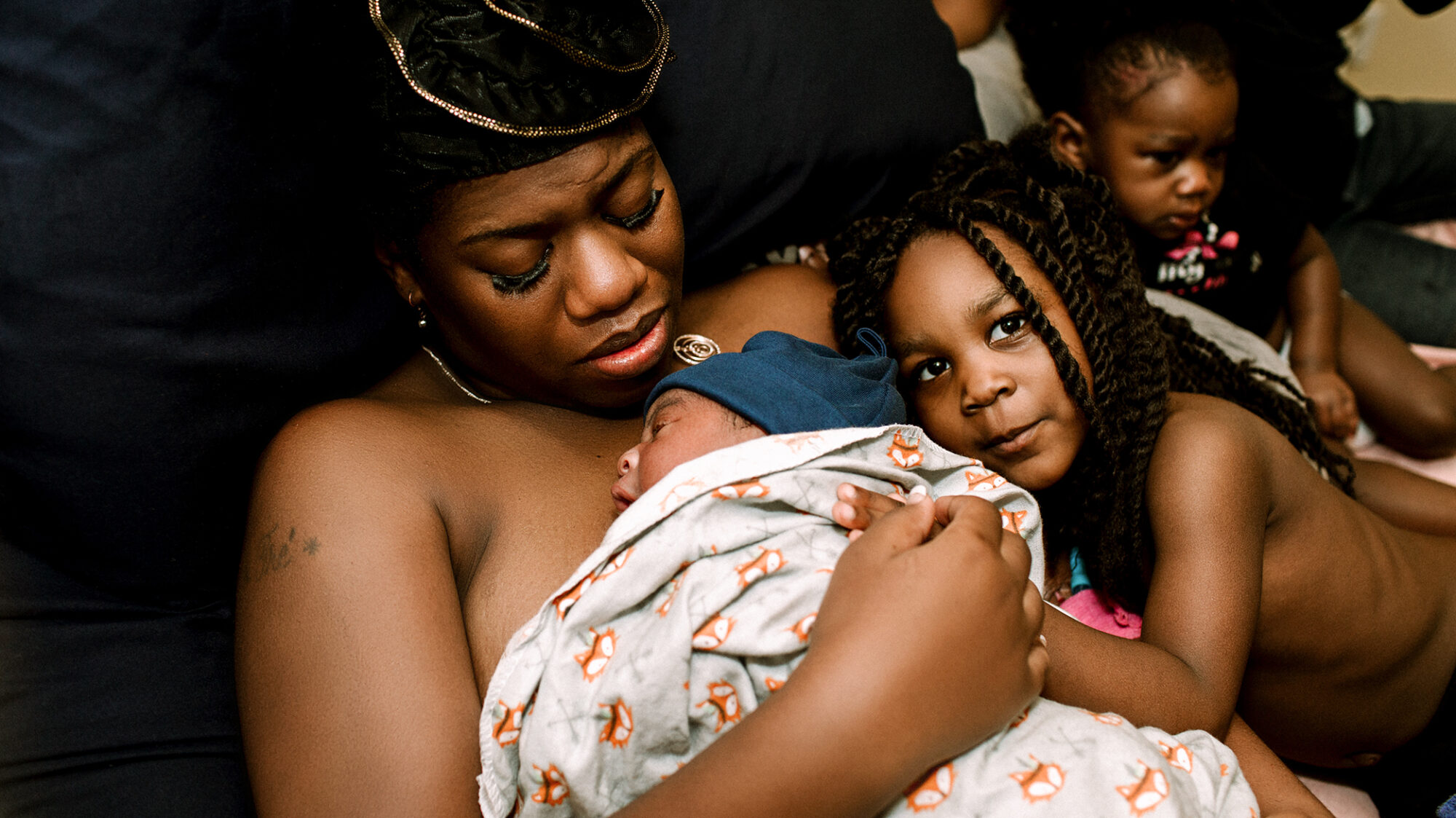Diversity and Equity in Oregon Midwifery
OMF’s mission is to support midwives and birthing families in Oregon. We believe that we cannot fulfill our mission without acknowledging that racism and other forms of oppression affect our communities across the state. This is why we’re here talking about diversity and equity in Oregon midwifery.
To support Oregonians fully means to be actively working against systemic iniquity. In other words, midwifery and social justice go hand in hand. Midwives help bring new babies into the world. Doing what we can to keep babies safe doesn’t stop at their first breath, their “graduation” from midwifery care, or even their first year of life. We think that midwifery organizations are responsible to do their part in creating a more just world for all the babies born into it.
By the Numbers
The maternity care system in the United States is inadequate, and no where is that more clear than for Black and Indigenous populations. As outlined in a 2020 publication from the National Academies, the US spends the most on health care. Yet we have poorer outcomes than other high-resource countries. When looking at these poor outcomes, it’s even worse for Black and Indigenous birthing people.
Even in Oregon, BIPOC* (Black, Indigenous, and People of Color) babies have higher rates of low birth weight and preterm birth. The following chart was made from Vital Statistics Data for 2015-2017 (found here).
| Data from Oregon Vital Statistics, 2015-2017 | ||||||
| White | Black | American Indian/Alaskan Native | Asian | Native Hawaiian/Pacific Islander | Multiple | |
| Low Birth Weight (per 100) | 6.26 | 9.70 | 7.00 | 8.26 | 9.03 | 7.01 |
| Preterm babies (per 100) | 7.63 | 9.73 | 11.14 | 7.54 | 12.67 | 8.51 |
| Babies born Out-of-Hospital (per 100) | 4.77 | 1.85 | 3.24 | 1.11 | 0.66 | 3.24 |
-Negative outcomes for Hispanic people are also higher than the for white people. However due to the nature of data collection for these statistics, Hispanic is considered an ethnicity, distinct from race, and so those births are dispersed between the races listed here. As such, it isn’t as clear of a comparison as for other groups, and so that data has not been included here.
Conclusions
From the data above, it is clear that the health disparities happening across the US are also happening in Oregon. Some of the possible solutions described by the National Academies study (above) can be implemented in Oregon. One key component is improving access to midwifery care in general. Another is to create a workforce of maternity care providers that matches the diversity of birthing people. A more diverse community of midwives can help “improve access and reduce racial/ethnic disparities in quality of care and treatment”. The Oregon data in the table above shows that that white people are accessing Community birth* at higher rates than other races. This may be in part because most midwives in Oregon are also white. So to improve our birth outcomes in Oregon, especially among BIPOC families, it is imperative that we support BIPOC midwives.
Next Steps
With all of this in mind, OMF’s next big project is a creation of a grant. We want to support BIPOC folks in our community as they pursue a career in midwifery. Initially, this looks like financial support-help paying for a license, exam, or start up equipment. For this work to be effective we need donors, so if you are able to contribute, please do so. Click through to learn more about our BIPOC grant.
